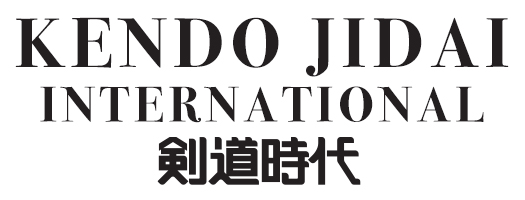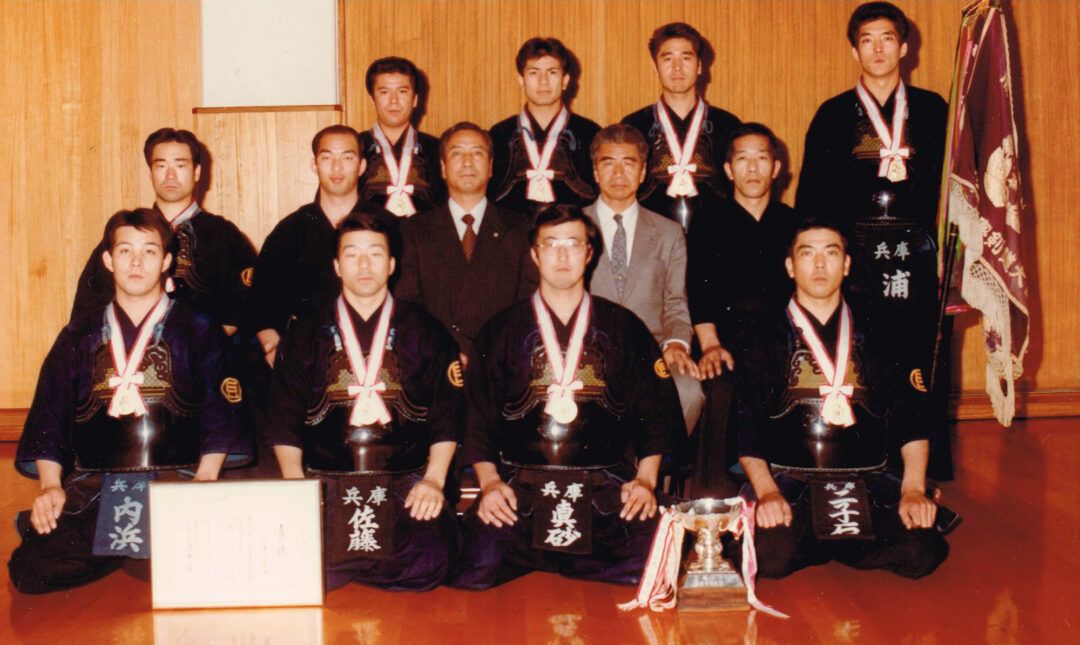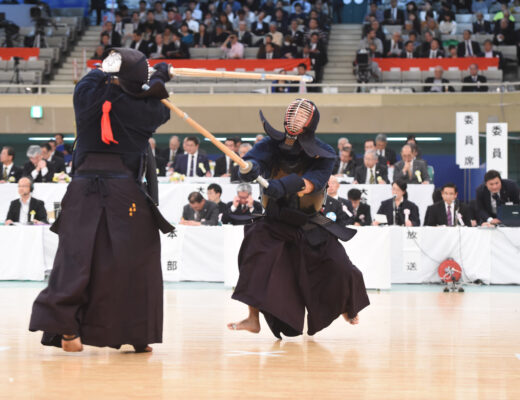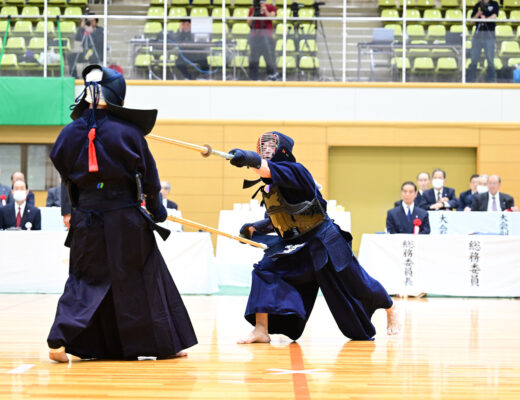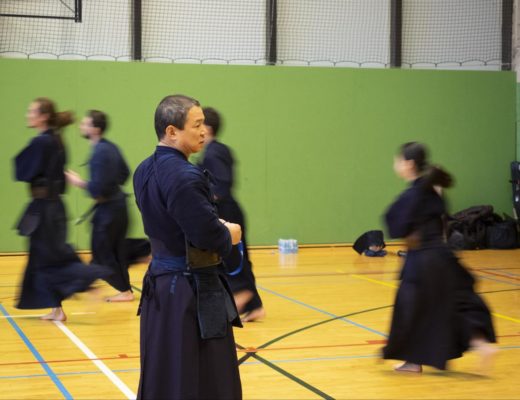2025.10 KENDOJIDAI
Photography: Nishiguchi Kunihiko
*Unauthorized reproduction or use of any images in this article is strictly prohibited.
In June of this year, Masago Takeshi was appointed as the 11th President of the All Japan Kendo Federation, the governing body of Kendo, Iaido, and Jodo. It is the first time that someone born after the war has assumed this position. He spoke about his aspirations and the challenges ahead, including issues surrounding the promotion of Kendo in Japan and its international dissemination through events such as the World Kendo Championships, while also reflecting on his own history in Kendo.
Masago Takeshi
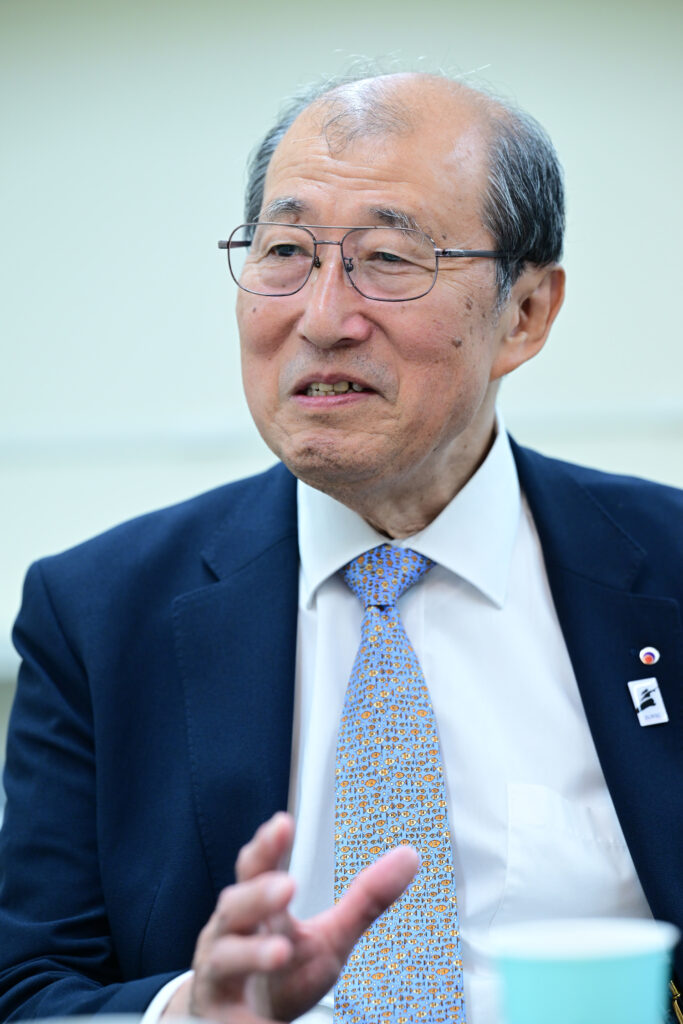
In June 2025, at the Board of Directors meeting of the All Japan Kendo Federation, Masago Takeshi was appointed as the 11th President.
“I was born in 1946, the year when Kendo was still banned. From the first President, Kimura Atsutaro Sensei, to the second, Ishida Kazuto Sensei, and the third, Kawai Takaharu Sensei, successive presidents were leading figures in the political and business worlds.
By contrast, in 1970 I was appointed as a police officer in the Hyogo Prefectural Police and assigned to the riot police. As a special Kendo trainee, I devoted myself to rigorous practice in order to achieve excellent results in various competitions. After completing my period as a trainee, I became a Kendo instructor, and in 1993 I was seconded to the National Police Agency, where I began working at the National Police Academy. This became the turning point for me to start serving the All Japan Kendo Federation, taking on roles such as editorial board member of Kensō and member of the International Committee.
Since then, I have been working with the All Japan Kendo Federation for over 30 years, but I never dreamed that I would one day assume the important position of President.”
On August 14, 1945, Japan accepted the Potsdam Declaration, and on September 2 of the same year, the Instrument of Surrender was signed, bringing World War II to an end. Japan then came under the occupation of the Allied Forces Supreme Commander (GHQ). Martial arts, including Kendo, were regarded as having fostered militaristic education and were consequently banned both as part of the regular school curriculum and as extracurricular activities.
It was not until April 1952 that Kendo was once again allowed to resume. With the enforcement of the San Francisco Peace Treaty, Japan regained its independence, and Kendo was reinstated. In October of the same year, the All Japan Kendo Federation was established. It had taken as long as seven years after the war’s end for this to happen.
“The All Japan Kendo Federation was established when I was six years old. Naturally, I knew nothing about Kendo at that time. And yet, 73 years later, I have been entrusted with serving as the representative of the Federation. With this appointment, the President, Vice Presidents, and Executive Directors—all members of the leadership—are now individuals born after the war. Under this new structure, various activities are already underway.
Our most urgent challenge is how to increase the number of children. In response to the significant issue of declining participation in Kendo, the All Japan Kendo Federation launched the Kendo Future Project this spring. The purpose of this project is to clearly convey the cultural value and educational significance of Kendo, as well as its ‘goodness, enjoyment, and excellence,’ not only to those already involved in Kendo but also to society at large—especially to children and young people who will carry the future. Through this, we aim to preserve and pass on Kendo as a cultural heritage to future generations. I intend to devote myself wholeheartedly to doing all that I can.”
The 20th World Kendo Championships
The 1st Asia–Oceania Kendo Championships
The rest of this article is only available for Kendo Jidai International subscribers!
